Cat-Proofing Your Home: Safety Tips Every Cat Owner Should Know
Cats may have nine lives, but that doesn’t mean we should help them use them all up. Whether you’ve got a brave explorer or a tiny tornado on your hands, cats have a way of finding the one thing in the house they shouldn’t be messing with. From batting at cords, to springing their agile bodies to the top of the highest cupboards, to squeezing into tight spaces, their mischief seems limitless.
That’s why cat proofing your home (or creating a truly kitten-proof home) is more than just a to-do list—it’s a way to keep your curious sidekick safe without cramping their style. Ready to protect your shelves, your sanity, and your feline friend? Let’s get started.
Curiosity and Cords: Hide the Wires
Disorganized cords can be dangerous to anybody, from a pet to a human. And since cats like to get into mischief, these cords can be highly dangerous. Young cats, especially those under two, are the biggest culprits when it comes to chewing electrical cords. When new teeth are coming in, chewing feels good—unfortunately, cords aren’t a safe teether.
A cat’s natural urge to chew can lead them straight to lamp cords, phone chargers, or TV cables. Not only can this cause electrical burns or choking, but it also puts your home at risk of fire.
Thankfully, there is an easy way to hide those cords and make your home a safer place. Use cord covers, bundle cords together, or tape them along baseboards where curious paws can’t reach. You can even grab cord protectors made specifically for pet households. And while you're at it, keep a few chew-safe toys nearby to give your cat a safer way to work out that chewing habit.
Plants Aren’t Just Decor—Some Can Be Dangerous
While it’s true that plants can make your space feel peaceful and even help clean the air, if you’ve got a cat, not every leafy friend is welcome. While your fern might just be a fancy snack to your furry roommate, other plants are far more serious.
Some common houseplants are toxic to cats and can cause big problems like heart issues, trouble breathing, organ damage, seizures, and in the worst cases, even death. If you’re working on a kitten-proof home or cat-proofing house in general, make sure to keep these plants far out of reach (or skip them altogether): lilies, oleander, Autumn Crocus, daffodils, tulips, and hyacinths.

Want to stay on the safe side? Stick to pet-friendly picks like spider plants or cat grass. Your cat will thank you—and your plants might actually live a little longer, too.
Countertops Are For Food Prep, Not for Feline Adventures
You might think your countertops are for food prep—they are—but your cat sees them as the perfect stage for their next high-flying stunt. Some folks swear by double-sided tape to keep curious paws off the counter, but a little positive reinforcement might go further. Try using treats to reward them for staying grounded. Kitten proofing is easier when you set those habits early, but even older cats can learn. When it comes to cat proofing your home, creativity—and maybe a sense of humor—goes a long way.
Tiny Things Can Be Tempting
Hair ties, rubber bands, paper clips—tiny things can be cat magnets. They’re fun to bat around, but they can also be a choking hazard or worse if swallowed. Part of kitten proofing your home means doing regular sweeps for these tempting trinkets and keeping them stored in drawers or containers with lids.
Earrings, coins, even sewing needles can turn into trouble fast. Instead, give your kitty something safe to play with—like a crinkle toy or a cozy pet blanket to knead and nap on. Your cat gets their fun, and you get peace of mind. Win-win.
Lock the Lid on Your Trash Can
There’s a reason we have trash cans—to dispose of those things that are dirty and ready for recycling or the landfill. But as we have already established, cats are mischievous and curious. And a trash can be a gold mine for naughty little kitties.
From food scraps to sharp objects, a tipped-over trash can spells trouble. Curious cats can dig in and find something dangerous in seconds. Keep your lid secure or store your bin in a cabinet. It’s one of the easiest ways to keep your feline from turning garbage day into a full-on mess (with a possible vet visit).
Keep Cleaning Supplies Out of Reach
Cleaning supplies might make your home sparkle, but they’re not something you want your cat getting into. Many common cleaners contain chemicals that are harmful if licked, sniffed, or spilled. As part of cat-proofing house safety, stash those bottles in cabinets with childproof locks or high shelves your kitty can’t reach. Better yet, switch to pet-safe products when you can. Your curious cat (and your floors) will thank you. And hey, even Crown and Paw pet portraits look better in a clean, cat-safe home.
Windows, Screens, and Balcony Safety
Last but not least, let’s talk about the dangers of windows, screens, and balconies. Cats love a sunny windowsill—but if the screen isn’t secure, that relaxing nap can turn into a dangerous fall. This is where high-rise syndrome comes in: it’s the term vets use when cats fall from windows or balconies, often in tall buildings.
While 92% of cats survive, that still means 8% don’t—and one accident is one too many. The higher the fall, the higher the risk of serious injury or worse. Make sure your screens are sturdy and your balcony doors stay shut. Want your cat to enjoy the view safely? Set them up near a window with a comfy perch, maybe under a framed pet canvas of their adorable face.
Make Cat Safety a Priority in Your Home
Whether you’ve got a wild little kitten or a seasoned senior cat who still thinks they’re a ninja, a safe home is a happy home. Cat proofing isn’t about taking the fun away—it’s about setting the stage for all those zoomies, naps, and snack breaks to happen without the drama. So stash the cords, lock the trash, and keep the plants picky. Your furry friend will thank you—with purrs, headbutts, and maybe fewer surprise vet visits.

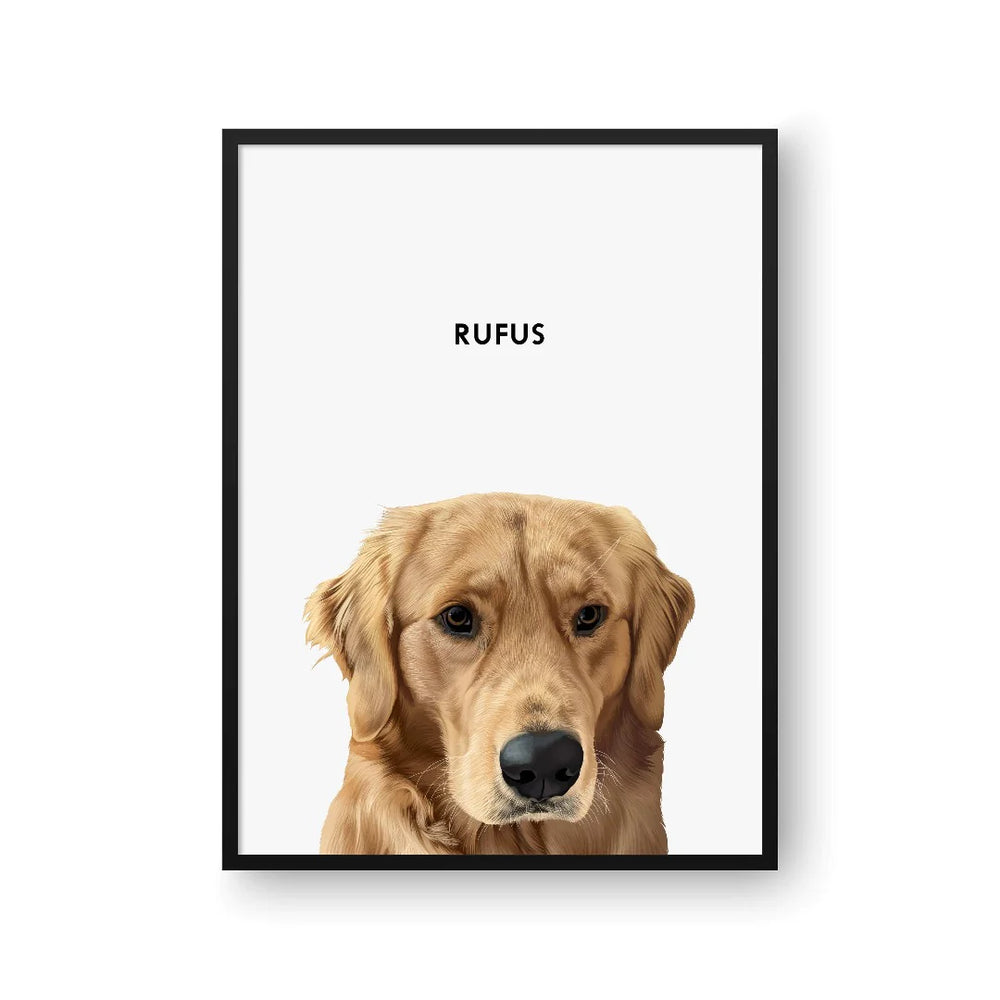








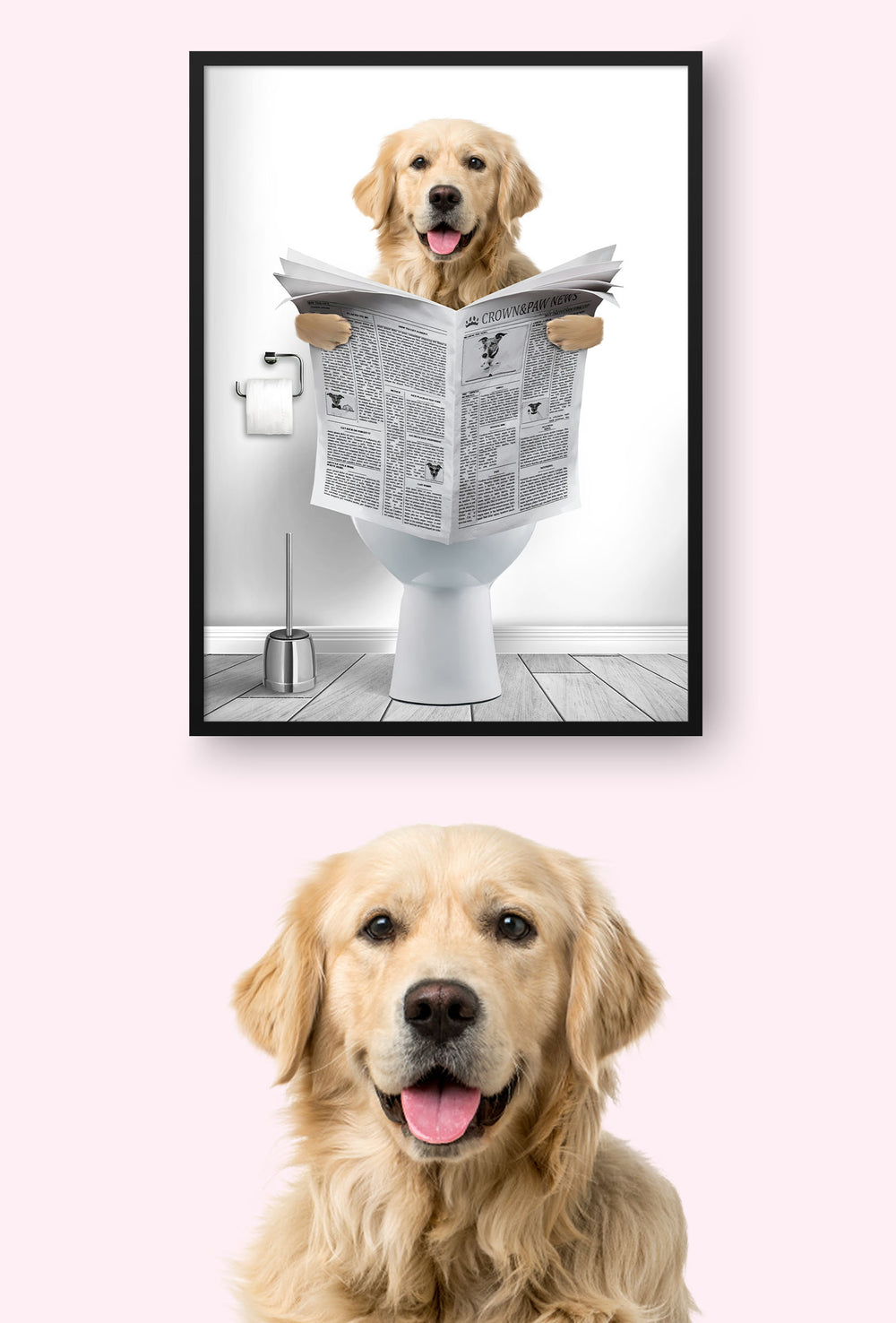
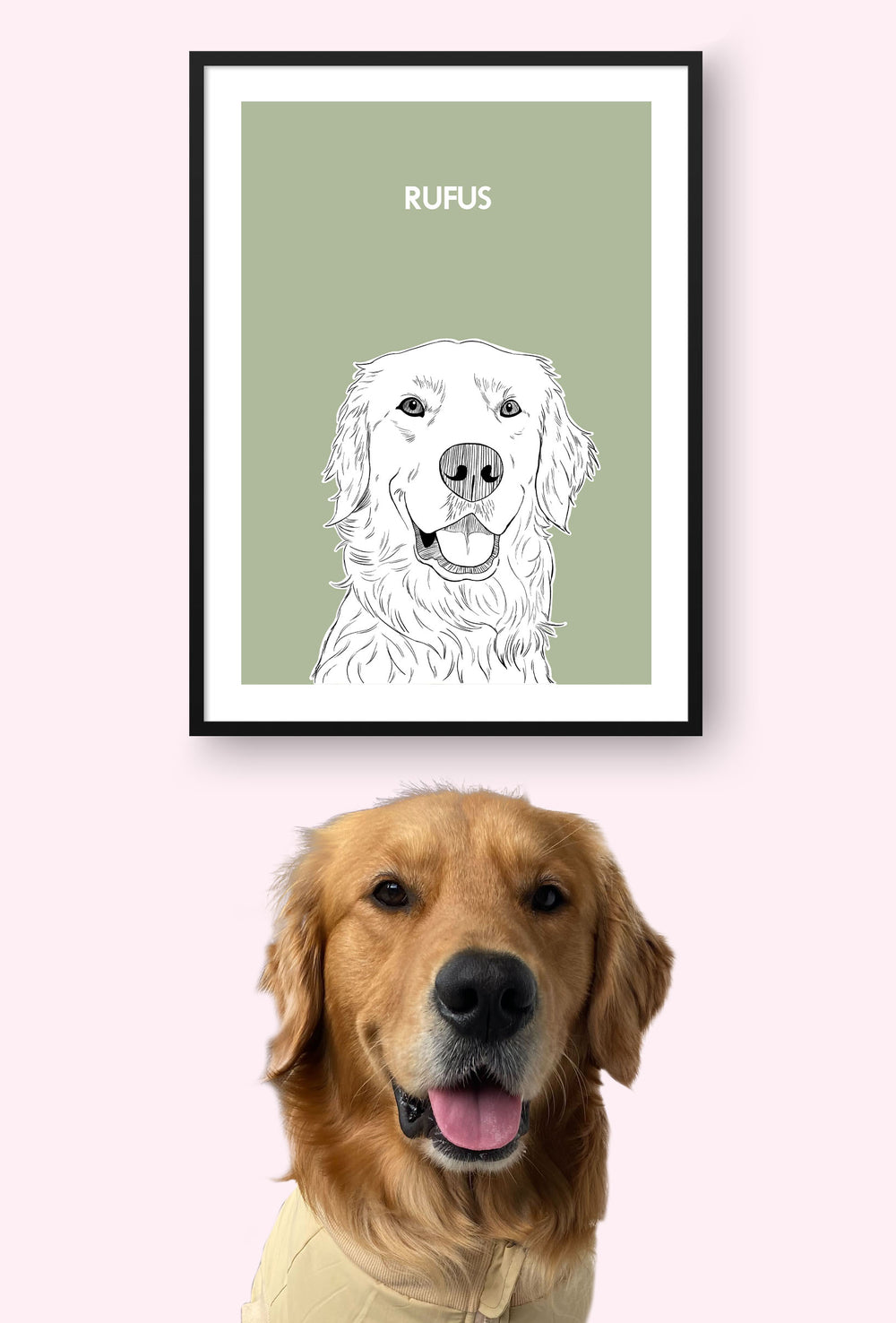





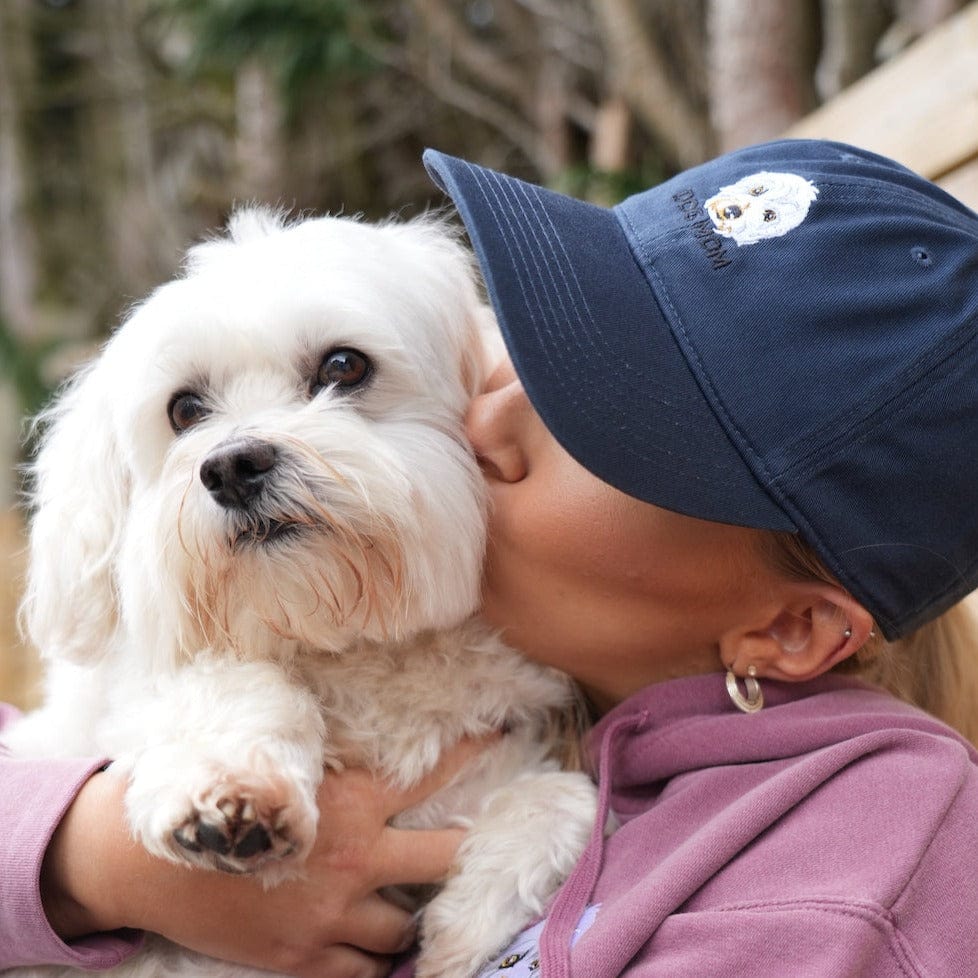














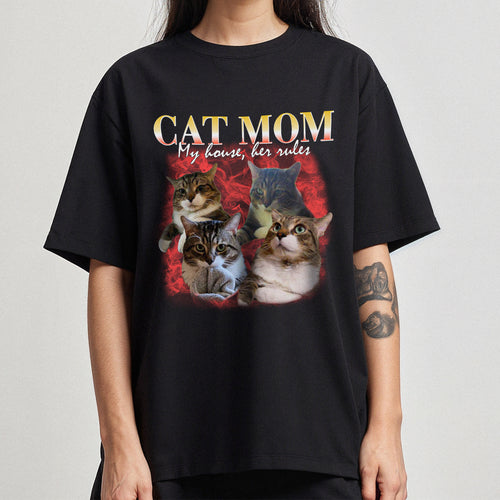



 Reviews
Reviews
 My Account
My Account
 Contact Us
Contact Us
 Help
Help
